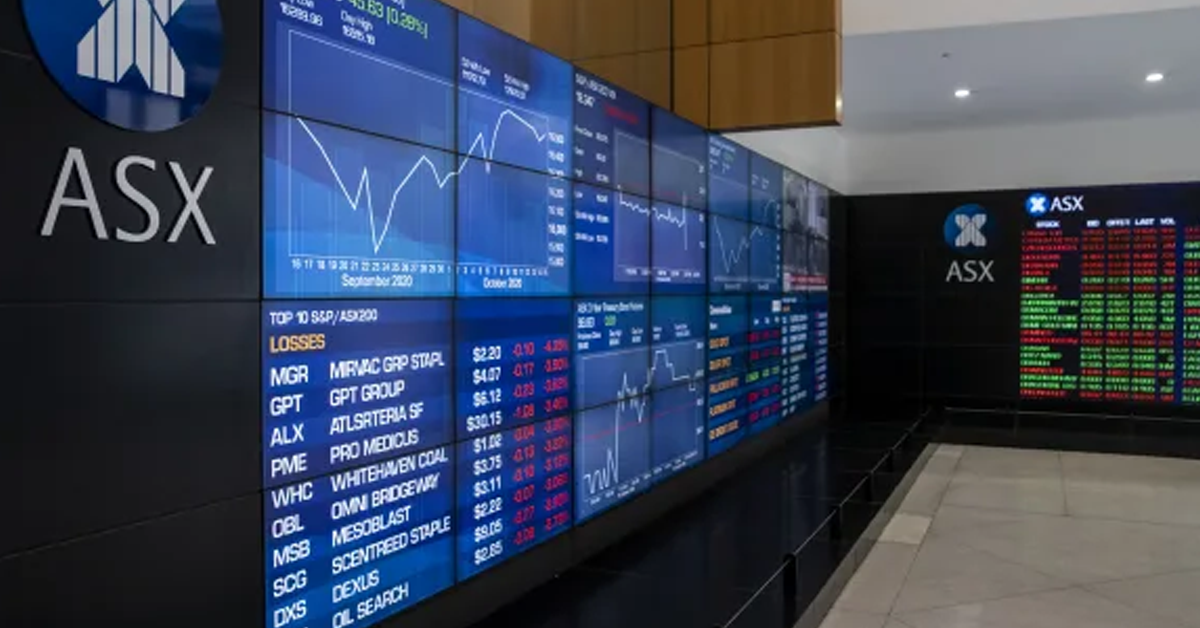Asian Markets Stable; ASX 200 Leads Gains on Mild Australian Inflation
Asian financial markets exhibited a sense of stability, drawing inspiration from Wall Street’s overnight gains. However, the positive momentum was tempered by growing concerns about China’s economic forecast. Traders exhibited caution, opting to avoid aggressive positioning as they awaited economic updates from both China and the United States.
The Asian market’s cautious optimism comes amid anticipation of the release of China’s official Purchasing Managers’ Index (PMI) data, expected to reflect a continued decline in manufacturing activity. This decline is seen within the broader context of China’s economic challenges, particularly the anxiety surrounding its real estate sector, which is significant given China’s status as the second-largest global economy. Such economic headwinds have restrained the buoyancy that might have followed from the hope of a policy shift by the U.S. Federal Reserve.
Statements from Federal Reserve Governor Christopher Waller, known for his typically hawkish stance, brought a glimmer of hope. On Tuesday, Waller expressed increasing confidence that current policies were effectively poised to decelerate the economy sufficiently to bring inflation back to the Fed’s 2% target. His remarks suggested that if inflation pressures ease, the Fed might consider rate cuts in 2024, sparking a renewed appetite for riskier assets among investors.
In Australia, the ASX 200 Index emerged as a standout, bolstered by the release of milder-than-expected domestic consumer inflation figures. This data fueled speculation that the Reserve Bank of Australia (RBA) might halt further rate hikes. Despite this, the Consumer Price Index (CPI) remains significantly above the RBA’s target band, hinting that the central bank may maintain elevated interest rates for an extended period to manage inflation.
Looking forward, market participants are turning their attention to the preliminary U.S. Gross Domestic Product (GDP) report. Scheduled for release during the early North American trading hours, the report is forecasted to indicate an annualized economic growth of 5%, a notch above the 4.9% previously estimated. This data will likely have a consequential impact on risk sentiment, setting the stage for reactions to the upcoming U.S. Core Personal Consumption Expenditures (PCE) Price Index, the Fed’s favored inflation metric, set to be published on Thursday.
The convergence of these diverse economic indicators—from Asia-Pacific inflation data to the U.S. growth and inflation figures—is shaping the investment landscape. The complex interplay between these factors is guiding market sentiment, with investors weighing the potential for economic resilience against the backdrop of global monetary policy shifts and the ongoing recalibration of risk.

.webp)




